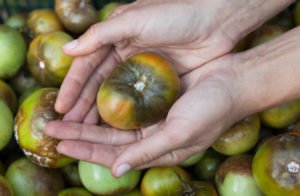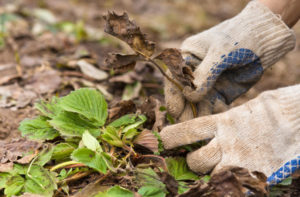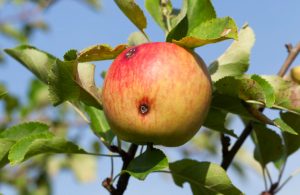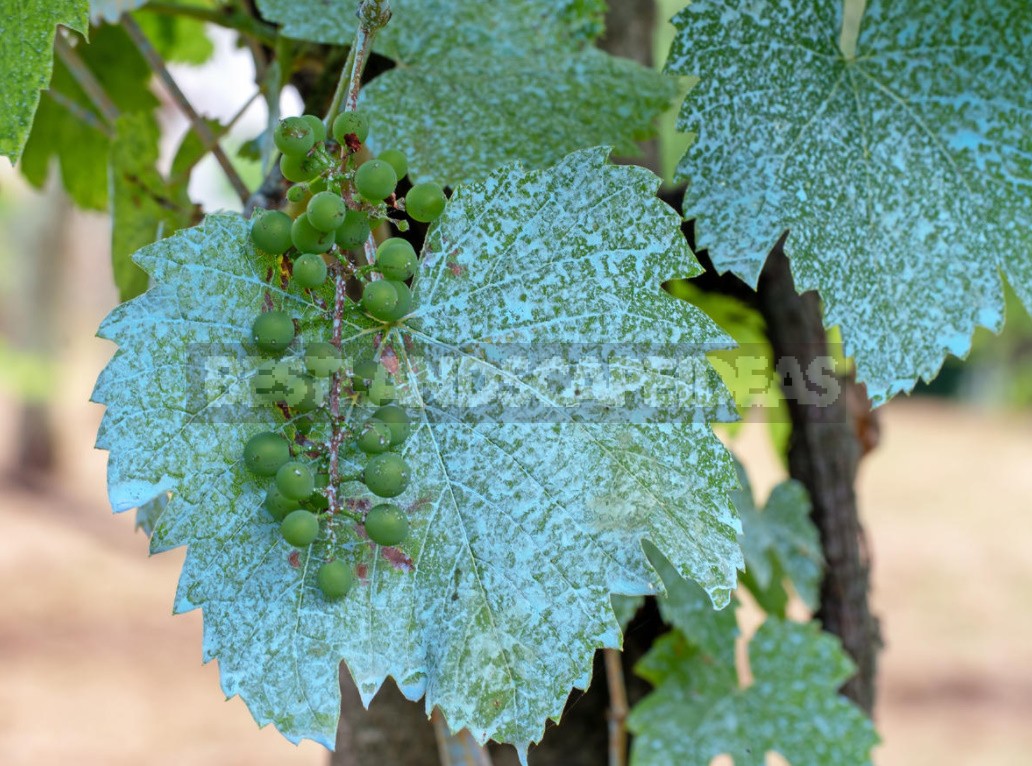
One of the chronic headaches of a summer resident is pathogens of various plant diseases. If you do not keep track and do not take adequate measures in time (and it is better to strike a preventive blow at the enemy in the form of preventive treatments), you can literally lose the fruits of months of work overnight.
One of the most common means of combating fungal diseases of plants among summer residents is solutions of crystallohydrates of copper and iron sulfates. Now I suggest we move on to practical classes, because this is the most interesting thing in chemistry! And now we will talk about copper sulfate.
A mixture of Proust, Bordeaux and Burgundy liquids
According to phytopathologists, more than 80% of known plant diseases are associated with fungi. Unlike iron, copper sulfate is most often used in a mixture with lime, which neutralizes its acidic environment. Bordeaux mixture (a medium of pale blue color) is a suspension of a solution of copper sulfate CuSO₄ · 5H₂O in lime milk Ca(OH)₂. Perhaps this is the most common and widely used tool so far, despite the appearance of many more modern formulations.

It is noteworthy that initially a mixture of copper sulfate and lime milk was used to combat larger pests than pathogenic fungi. French winegrowers turned to the chemist Joseph Louis Proust with a request to create a non-poisonous substance to combat human thieves who plundered berries. Bunches of grapes in the streaks of dried bluish solution looked like they were covered with mold, so they did not arouse the thieves ‘ interest. At the same time, the masking liquid itself was easily washed off with water and did not harm the plants. The popular anti-theft remedy was called Proust’s mixture or Bordeaux liquid-after the name of the province famous for its vineyards, where it was most often used.
In 1882, the botanist Pierre Marie Millarde noticed that there were no signs of rot on grapes treated with Bordeaux liquid from theft. The reason was the presence of copper in the composition-it suppressed the development of a pathogenic fungus.
Later, another agent based on copper sulfate was developed, which is not inferior in efficiency to the Bordeaux liquid, but cheaper. The liquid was called Burgundy. Instead of lime, it uses soda. In addition, the burgundy liquid is less noticeable on the leaves, so it is used to protect ornamental crops, such as roses. And another Burgundy liquid, unlike Bordeaux, does not clog the nozzle of the sprayer.
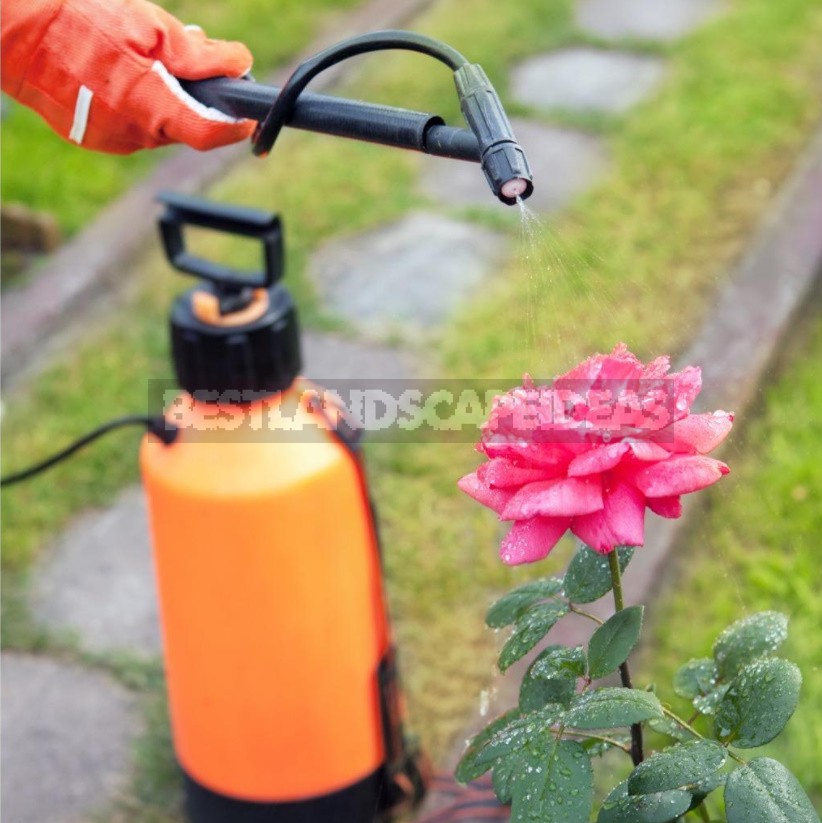
How to make a Bordeaux mixture
Today, the Bordeaux mixture can be bought in the form of a set of dry components (“just add water”) and even in the form of a liquid (concentrate in a bottle), completely ready for use. The composition can be prepared independently from copper sulfate and lime-slaked or quicklime.
General principle and necessary adaptations
As mentioned above, to prepare a Bordeaux liquid, it is necessary to combine 2 components — copper sulfate and lime — in a ratio of about 0.75:1. The third element will be water. In general, nothing complicated, but there are several important points that affect the quality of the finished product. It is worth taking these nuances carefully, because it depends on observing the necessary sequence of actions whether the Bordeaux liquid will be effective, useless or harmful.
To prepare 10 liters of Bordeaux mixture, you will need the following.
- 2 buckets and a jar. It is convenient to have five-and ten-liter buckets and a jar with a volume of 1.5-2 liters. Please note that metal containers can not be used! You can use enameled dishes, but there should be no chips on it.
- Scales (if the ingredients are not in a measuring package or you want to make a different volume).
- Wooden stick for stirring.
- A piece of gauze or a sieve.
- Litmus paper or pH meter. If you do not have indicator strips or devices for determining the acidity of the solution, stock up on some obviously iron object, such as a nail.
- Copper sulfate.
- Lime (slaked or quicklime).
- Water.
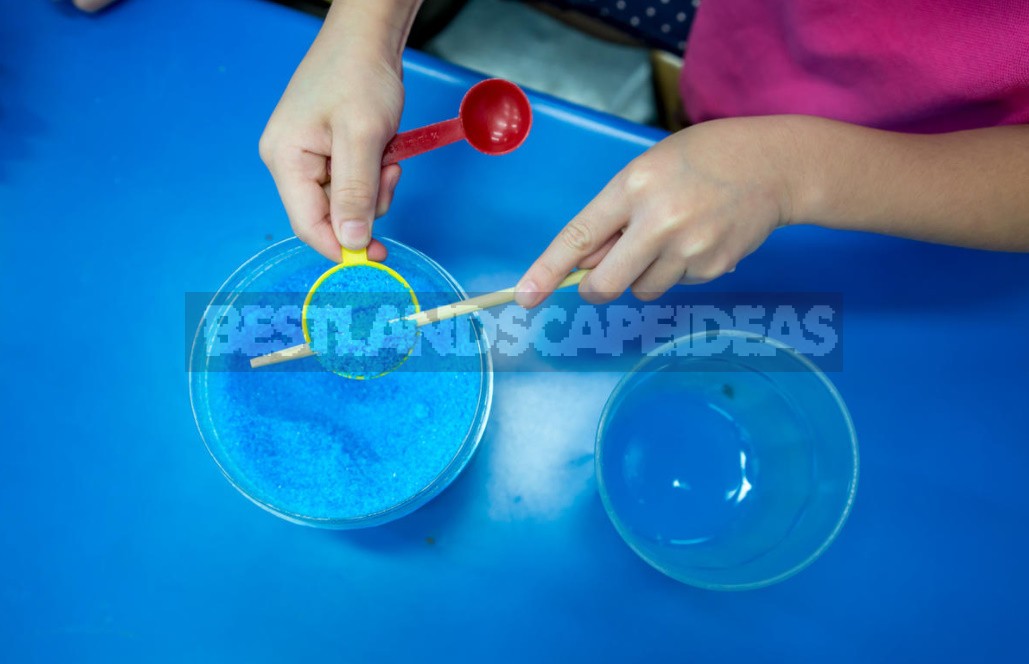
The ingredients are mixed in a strictly defined way. Lime milk and a solution of copper sulfate are prepared separately, and then they are combined in a common container.
Lime milk
On sale, you can often find quicklime-calcium oxide (CaO). On the package it can be written as follows: “Boiling ground quicklime”, “Lump quicklime”, “Ground quicklime”. To prepare a fungicide containing copper, slaked lime (calcium hydroxide, calcium hydroxide, Ca(OH)₂). Bordeaux liquid will be of higher quality and more effective if fresh slaked lime is used for cooking. Therefore, if we did not find ready-made slaked lime, first we convert calcium oxide to calcium hydroxide.
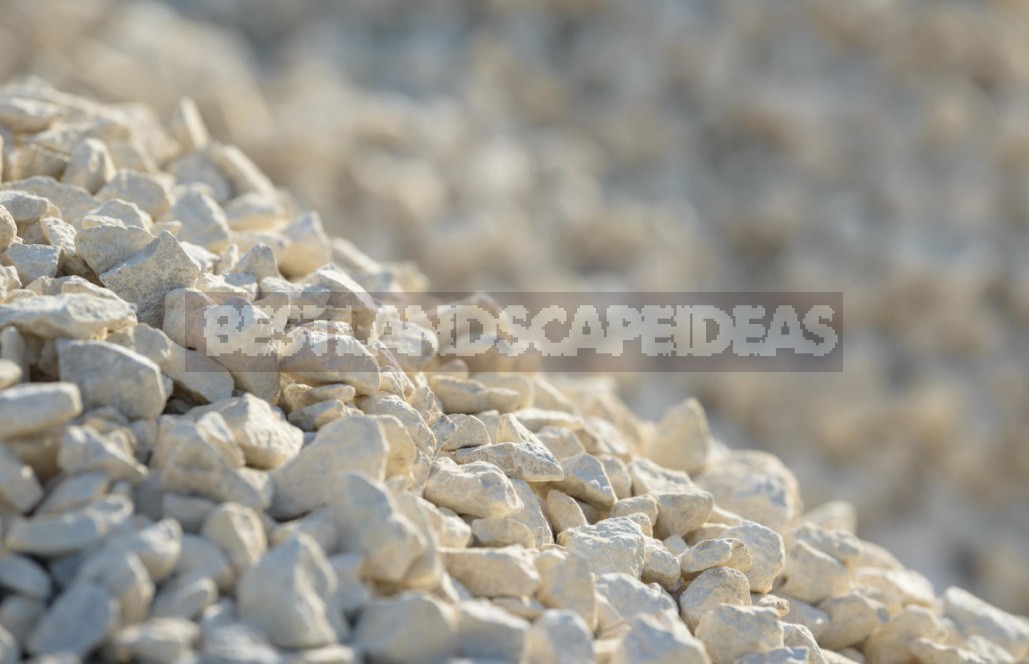
To do this, we use a large bucket. Prepare 2 liters of cold water. Pour 250-500 ml into a bucket, spread the whole measure of quicklime, stir and add the remaining water.
- Caution! The reaction occurs with the release of heat and can proceed violently. Avoid getting pieces of lime on exposed skin and mucous membranes: use long-sleeved clothing, gloves, glasses and a mask.
We wait until the reaction is completely over, mix thoroughly. Slaked lime in the open air quickly loses its qualities: it absorbs carbon dioxide from the air and turns into chalk. Therefore, it is not necessary to prepare more than you can use at once.
Now we make lime milk: we dilute the resulting fluff with water — add another 3 liters. Lime milk already at this stage has useful bactericidal properties — it can be used for whitewashing (for example, the walls of the barn). Keep in mind that the lime suspension loses its useful qualities after about 6 hours. Additionally, we will prepare a concentrated (10-15%) lime milk. In a glass jar of 100 g of slaked lime, we will dilute 900 ml of water.
